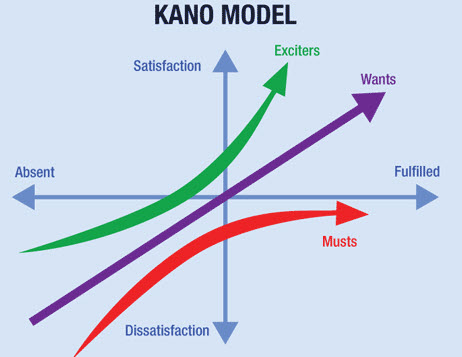
Questions and answers about Kano Model
Last updated: July 13, 2024 Read in fullscreen view
- 02 Nov 2023
 Unlocking Success with The Amoeba Management Model: Key Lessons, Pros & Cons, and Finding the Perfect Fit 160/687
Unlocking Success with The Amoeba Management Model: Key Lessons, Pros & Cons, and Finding the Perfect Fit 160/687 - 10 Nov 2021
 5S methodology - the SECRET to Japanese SUCCESS 134/1726
5S methodology - the SECRET to Japanese SUCCESS 134/1726 - 09 Sep 2022
 Kaizen, Kaikaku and Kakushin – what’s the difference? 82/2897
Kaizen, Kaikaku and Kakushin – what’s the difference? 82/2897 - 24 Nov 2022
 Genba Genbutsu Genjitsu (3Gs), (Go to the Genba & see for yourself!) 69/2904
Genba Genbutsu Genjitsu (3Gs), (Go to the Genba & see for yourself!) 69/2904 - 01 Dec 2023
 What is Amoeba Management? 59/897
What is Amoeba Management? 59/897 - 01 Apr 2022
 Ishikawa (fishbone) diagram in software project management 37/3034
Ishikawa (fishbone) diagram in software project management 37/3034 - 28 Oct 2023
 The GOLDEN Rules of Software Engineering 27/522
The GOLDEN Rules of Software Engineering 27/522 - 08 Dec 2021
 What Are The 4 Types of Maintenance Strategies? 20/1031
What Are The 4 Types of Maintenance Strategies? 20/1031 - 15 Apr 2022
 Total Quality Management (TQM) - Japanese-style management approach to quality improvement. 17/628
Total Quality Management (TQM) - Japanese-style management approach to quality improvement. 17/628 - 17 Mar 2023
 Reduce waste in software development with 3M model: Muda, Mura, Muri 17/860
Reduce waste in software development with 3M model: Muda, Mura, Muri 17/860 - 04 Mar 2024
 Tree Ring Management: Take the Long Term View and Grow Your Business Slowly 15/374
Tree Ring Management: Take the Long Term View and Grow Your Business Slowly 15/374 - 27 Aug 2022
 Kaizen - Culture of Continuous Improvement and Lean Thinking 13/705
Kaizen - Culture of Continuous Improvement and Lean Thinking 13/705 - 09 Sep 2022
 What is 5 Whys (Five Whys)? 12/861
What is 5 Whys (Five Whys)? 12/861 - 13 Jul 2022
 Applying the business mantra "HORENSO" to Achieve 360-degree Communication 12/813
Applying the business mantra "HORENSO" to Achieve 360-degree Communication 12/813 - 02 Feb 2022
 Yokoten: Best Practice Sharing from a success 12/1284
Yokoten: Best Practice Sharing from a success 12/1284 - 03 Jan 2024
 What is the Ringi process? 12/876
What is the Ringi process? 12/876 - 12 Dec 2024
 Danshari: A Japanese Minimalist Philosophy for Cleaner Code and Leaner IT Operations 10/22
Danshari: A Japanese Minimalist Philosophy for Cleaner Code and Leaner IT Operations 10/22 - 01 Mar 2022
 The Toyota Way Management Principles 10/682
The Toyota Way Management Principles 10/682 - 29 Aug 2022
 Difference between Kaizen and Innovation 9/793
Difference between Kaizen and Innovation 9/793 - 15 Jul 2022
 Hansei Methodology: Continuously Engaging People in Improvement 8/646
Hansei Methodology: Continuously Engaging People in Improvement 8/646 - 13 Oct 2021
 What is Bug Convergence? Why is it important for User Acceptance Testing (UAT)? 8/684
What is Bug Convergence? Why is it important for User Acceptance Testing (UAT)? 8/684 - 02 Dec 2022
 3 Levels of Quality in KANO Analysis Model 8/1000
3 Levels of Quality in KANO Analysis Model 8/1000 - 13 May 2022
 IT Training and Development: The most effective options for upskilling IT staff 7/1021
IT Training and Development: The most effective options for upskilling IT staff 7/1021 - 14 Oct 2021
 Stream Story - Low land stream or fast moving stream? 6/569
Stream Story - Low land stream or fast moving stream? 6/569 - 20 Jan 2022
 TIGO Self-Organization Practice: Change Management Workflow 6/430
TIGO Self-Organization Practice: Change Management Workflow 6/430 - 16 Jun 2022
 Rapid Application Development (RAD): Pros and Cons 5/800
Rapid Application Development (RAD): Pros and Cons 5/800 - 19 Sep 2022
 Jidoka in Software Development and Odoo ERP/MRP 5/466
Jidoka in Software Development and Odoo ERP/MRP 5/466 - 06 Jun 2022
 HEIJUNKA: The art of leveling production 4/481
HEIJUNKA: The art of leveling production 4/481 - 05 May 2021
 TIGO Magic Scale - PoC tool for you to apply dichotomous thinking before submitting RFP 4/297
TIGO Magic Scale - PoC tool for you to apply dichotomous thinking before submitting RFP 4/297 - 01 Jan 2024
 The pros and cons of the Centralized Enterprise Automation Operating model 4/165
The pros and cons of the Centralized Enterprise Automation Operating model 4/165 - 20 Jan 2021
 Fail early, fail often, fail cheap, fail safe but always fail forward 3/688
Fail early, fail often, fail cheap, fail safe but always fail forward 3/688 - 11 Nov 2021
 What is an IT Self-service Portal? Why is it Important to Your Business? 2/364
What is an IT Self-service Portal? Why is it Important to Your Business? 2/364 - 02 Nov 2021
 [Case Study] Streamlined Data Reporting using Tableau 2/276
[Case Study] Streamlined Data Reporting using Tableau 2/276 - 01 Jan 2023
 How To Use Poka-Yoke (Mistake Proofing) Technique To Improve Software Quality 2/589
How To Use Poka-Yoke (Mistake Proofing) Technique To Improve Software Quality 2/589 - 02 Dec 2022
 Success Story: Satsuki - Sales Management Software, back office app for School Subscription Management 2/219
Success Story: Satsuki - Sales Management Software, back office app for School Subscription Management 2/219 - 07 Mar 2023
 Japan’s Unusual Farming Strategy: Renting Land and Leaving It Fallow for 5 Years — Here’s the Truth… 2/31
Japan’s Unusual Farming Strategy: Renting Land and Leaving It Fallow for 5 Years — Here’s the Truth… 2/31 - 13 Feb 2021
 Why is TIGOSOFT a software house for Enterprise Application Development? 1/336
Why is TIGOSOFT a software house for Enterprise Application Development? 1/336 - 01 Oct 2020
 Handling tight project deadlines as a business analyst 1/313
Handling tight project deadlines as a business analyst 1/313 - 03 Apr 2021
 How digital asset management streamlines your content workflow? 1/312
How digital asset management streamlines your content workflow? 1/312 - 03 Sep 2022
 The secret of software success: Simplicity is the ultimate sophistication /186
The secret of software success: Simplicity is the ultimate sophistication /186 - 11 Oct 2021
 10 Myths About Low-End Project Management Software /274
10 Myths About Low-End Project Management Software /274 - 21 Jun 2021
 6 Useful Tips To Streamline Business Processes and Workflows /515
6 Useful Tips To Streamline Business Processes and Workflows /515 - 12 Mar 2022
 The u-Japan concept /234
The u-Japan concept /234 - 06 Nov 2023
 How do you streamline requirement analysis and modeling? /184
How do you streamline requirement analysis and modeling? /184 - 01 Jun 2020
 Japan Business Review (JBR) /277
Japan Business Review (JBR) /277
What is the Kano Model?
It's commonly believed that customers don't really know what they want; they have to be told.
| Level of customer need | Example related to home buyers |
|---|---|
| Expected quality | I assume it meets all federal, state, and local building codes. |
| Normal quality—spokens | Three-car garage, three bedrooms, two baths … |
| Normal quality—unspokens | I'll know it when I see it! |
| Exciting quality | Wow – a lifetime warranty on the roof! |
What Kano means?
Kano is a boy's name of Japanese origin. It translates to “one's masculine power” and “capability”, perhaps reminding baby that no matter the challenges they face, they can overcome them by remembering their essential inner power and ability to use it. As well as Japanese roots, Kano also has African origins.
What are Kano's five quality types?
The Kano Model incorporates five categories: basic, performance/satisfiers, excitement/delighters, indifferent attributes, reverse attributes.
Why Kano analysis is important?
The Kano Model is an analysis tool to explore and measure customer needs. It's a way to identify the basic needs of customers, as well as performance and excitement requirements. This model is based on the view that functionality is not the only measure of how 'good' a product.
How many types of quality are there in the Kano diagram?
What Are the Elements of the Kano Model? The model assigns three types of attributes (or properties) to products and services: Threshold Attributes, Performance Attributes, and Excitement Attributes. By assigning a product or service to an attribute, you'll be able to determine its impact on customer satisfaction.
What is the example of attractive quality?
Attractive quality: This refers to a trait that a product might possess that will be a bit of a bonus, or pleasant surprise for the customer, but wouldn't change the customer's satisfaction level if it wasn't included. A simple example of this might be a thermostat included in a whole turkey package.
What is a Delighter Six Sigma?
Delighter Requirements are “attracters”. Their presence in a product/process is unexpected and fulfill the latent needs of a customer. They lead to great satisfaction if found present.
What is reverse in Kano analysis?
These are the high level of achievement that results to dissatisfaction and the different nature of customers. Customers have a reverse effect on customer satisfaction. A case example is whereby some customers like high technology products while others like basic products and tend to be dissatisfied with complex products.
Kano model examples: Reverse requirements:
- A restaurant so crowded that it generates huge queues, may be good for the owner, but displeasing to customers.
- In a similar way, the smaller the internal space, the lower the satisfaction of vehicle owners.
- The fewer options and variety on the menu of an airline, the lower the satisfaction of its customers.
What is the Kano Model in Six Sigma?
The Kano model is a way of analyzing customer requirements by diagramming user's wants across 2 axis; The vertical axis indicates satisfaction with your output. The top of the vertical axis represents high satisfaction, and the bottom of the vertical axis represents very low user satisfaction.
What are the 3 levels of customer requirements?
Ultimately, all customer needs can be categorized into three main types: functional, social, and emotional needs
What are the 4 main customer needs?
There are 4 main customer needs that an entrepreneur or small business must consider. These are price, quality, choice and convenience.
What is One-dimensional Quality?
A quality element that is nice to have but can lead to dissatisfaction if not present. This applies, for example, to how easily users can use a product. In fact, if the software works properly and is easy to use, user satisfaction will increase. However, even if there are no problems, once the design and usability are not good, and the UX (user experience) and UI (user interface) are inferior, user dissatisfaction will surely increase as a result.
Other examples:
- A packet of milk containing 10 percent more milk sold at a similar price. This enhances customer satisfaction. On the other hand, the customer will feel cheated and dissatisfied if the milk contains only 6% but at a similar price.
- Gasoline consumption of a car: lower consumption leads to higher customer satisfaction.





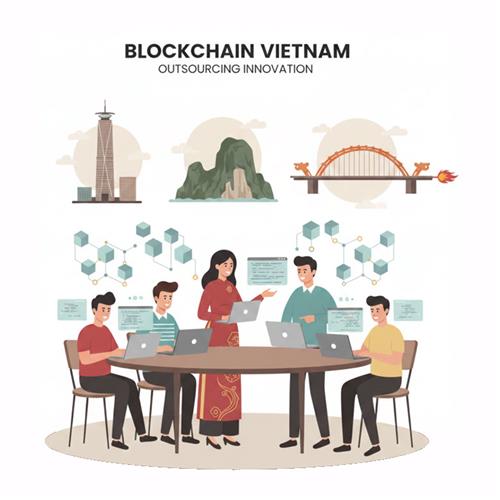
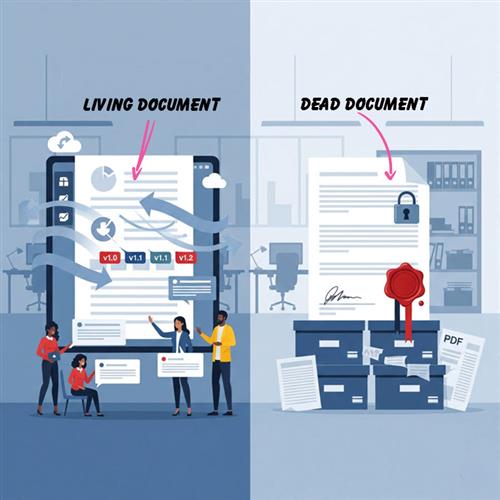
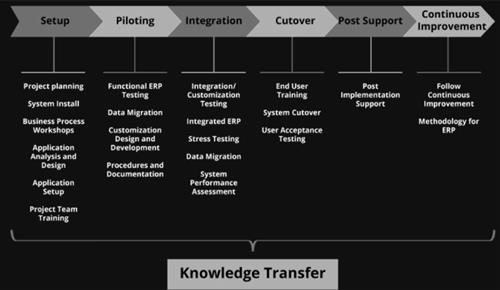


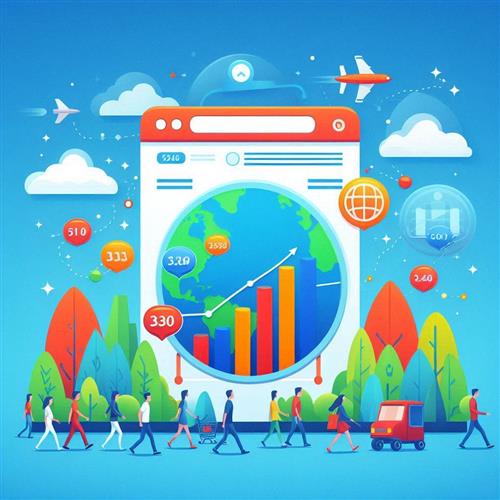
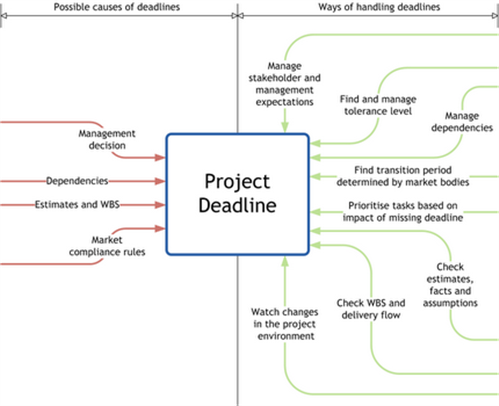
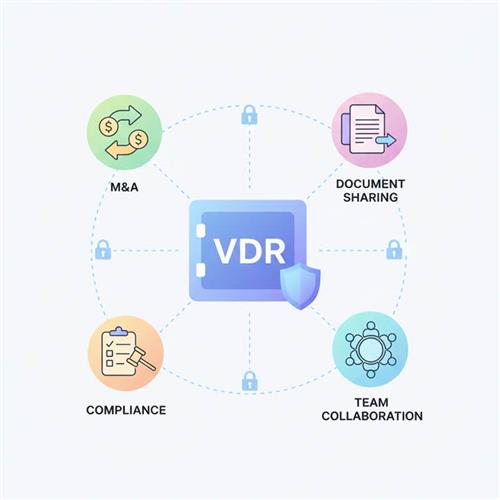


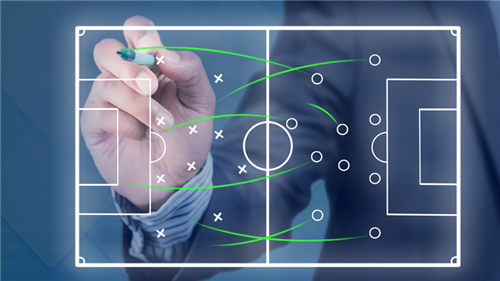
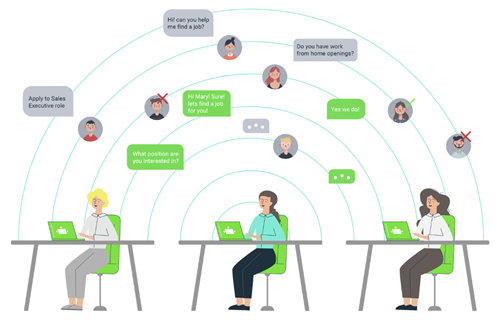
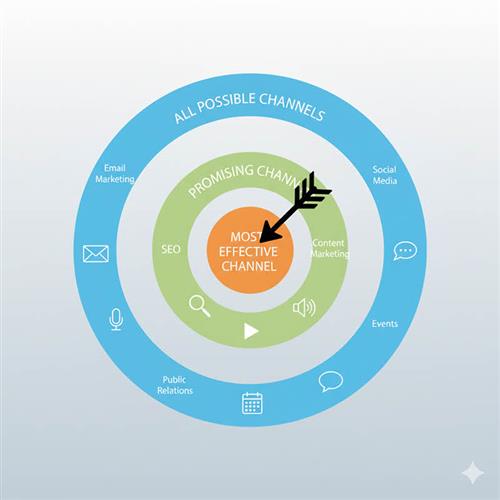
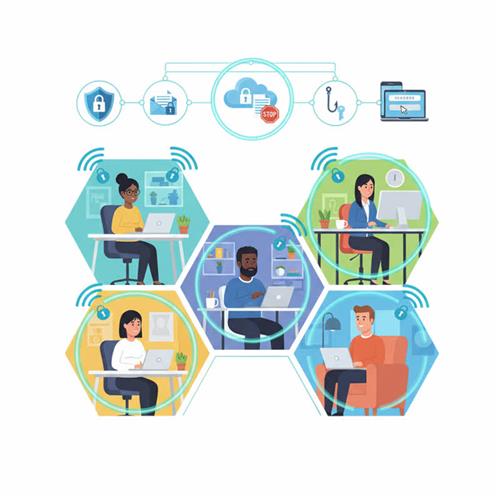
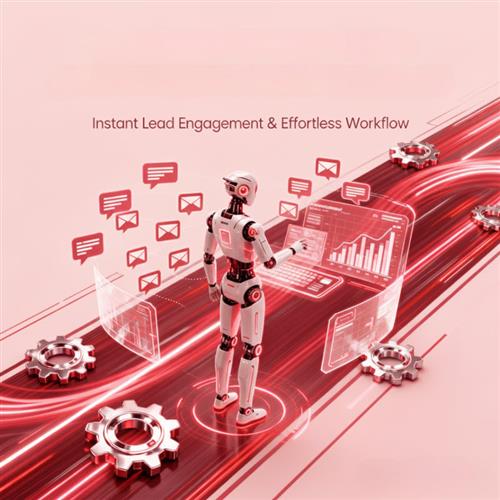
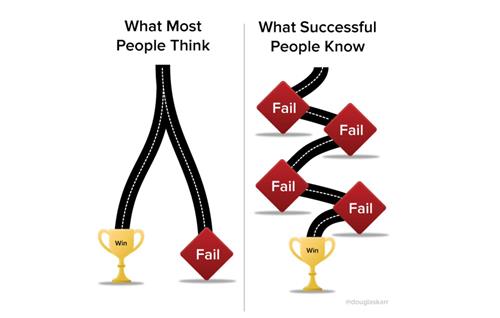
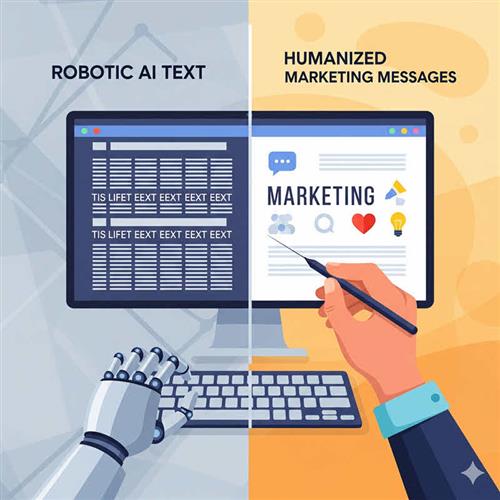
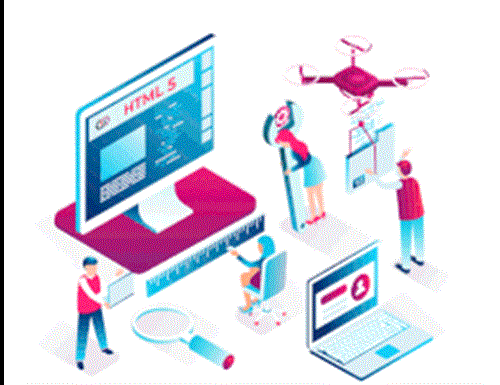
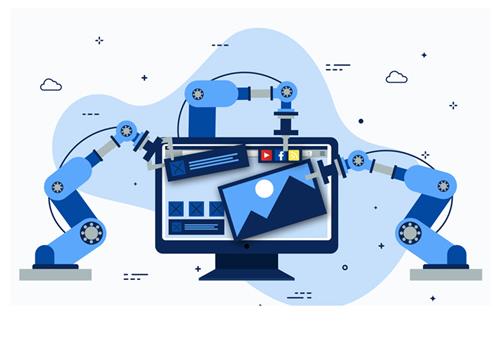










 Link copied!
Link copied!
 Recently Updated News
Recently Updated News